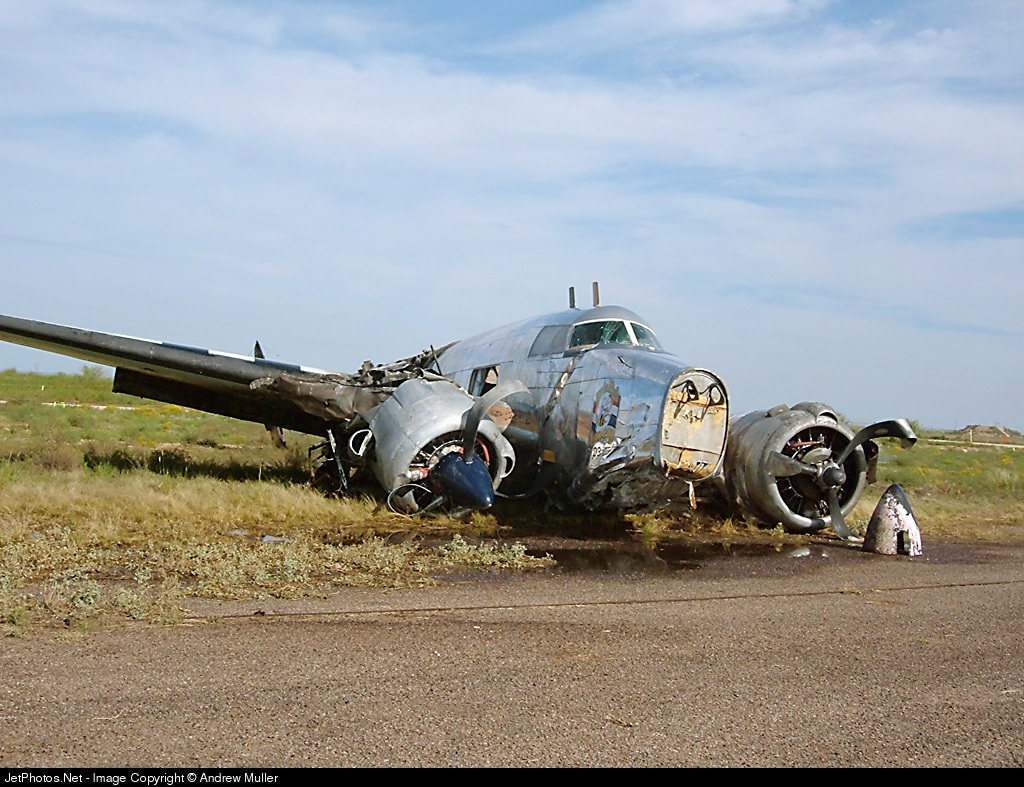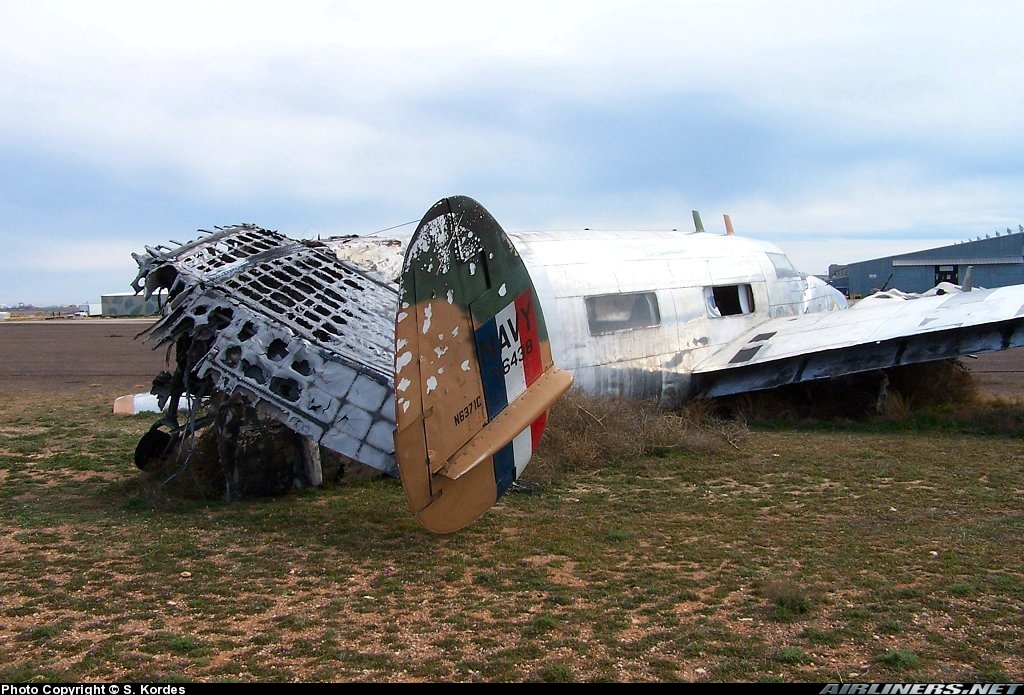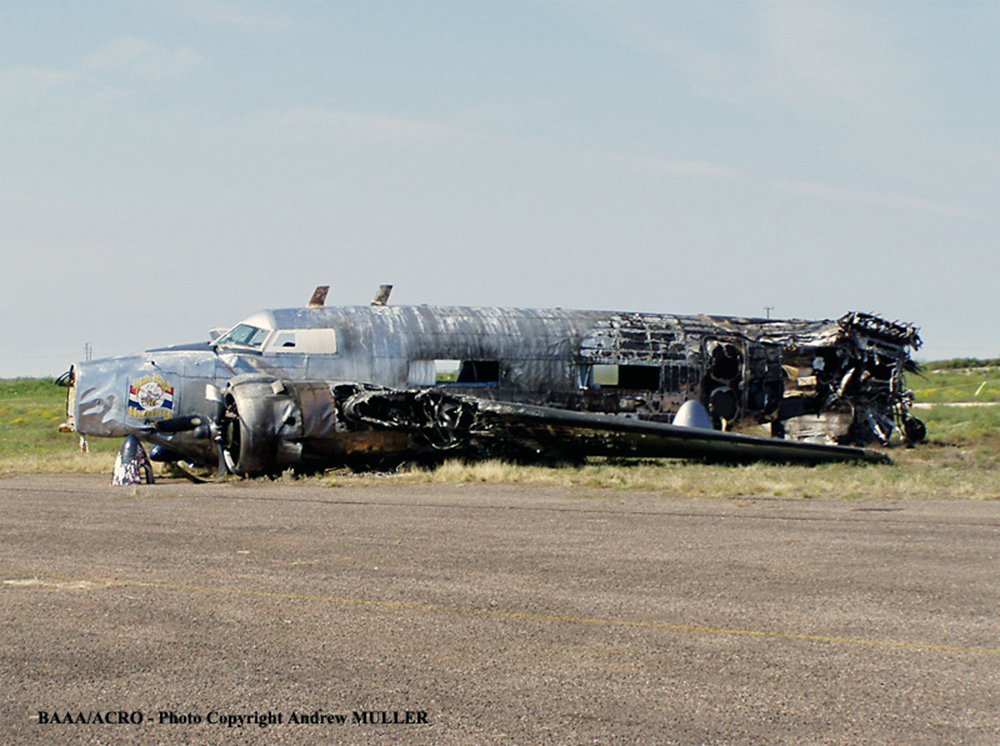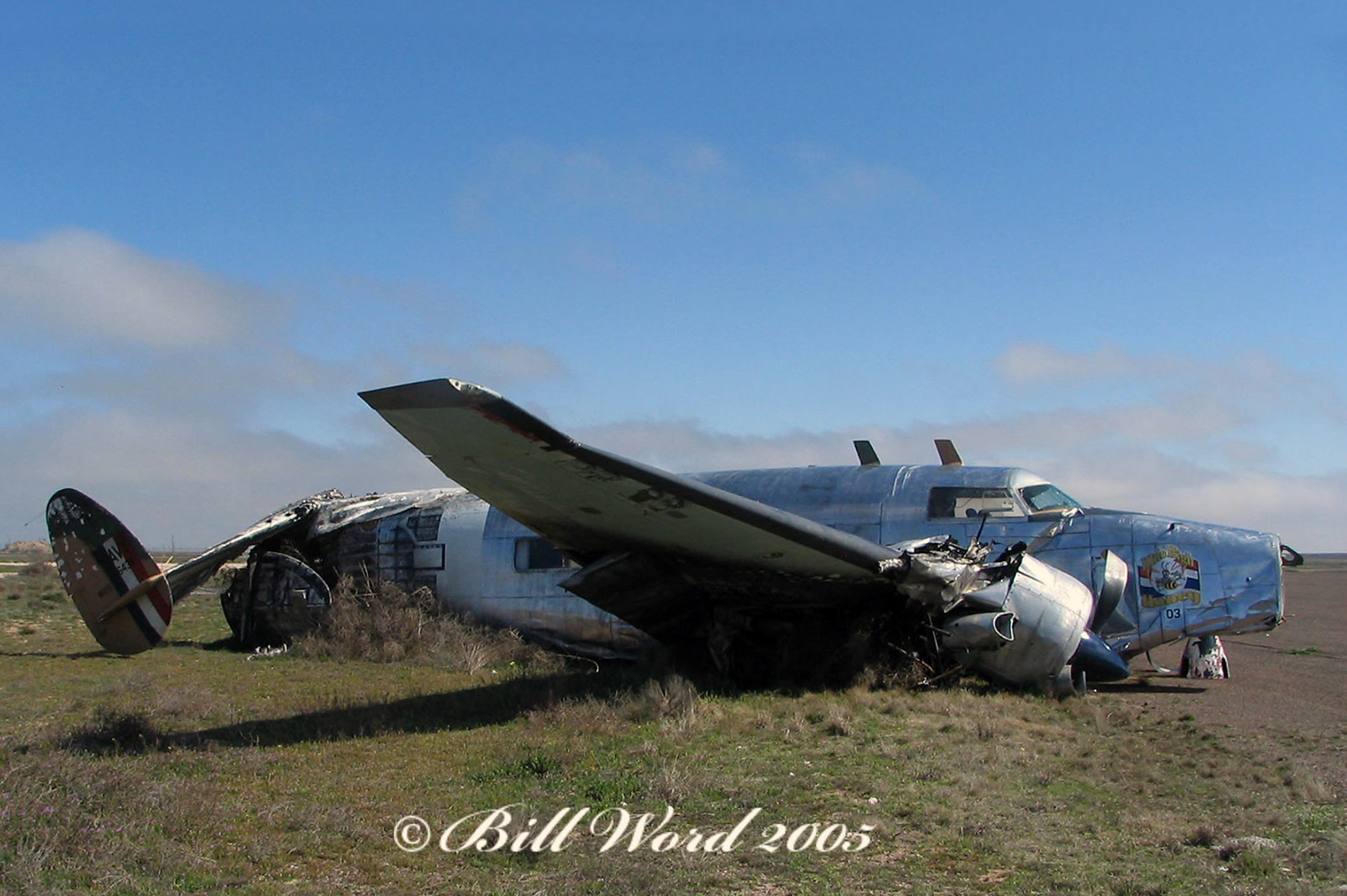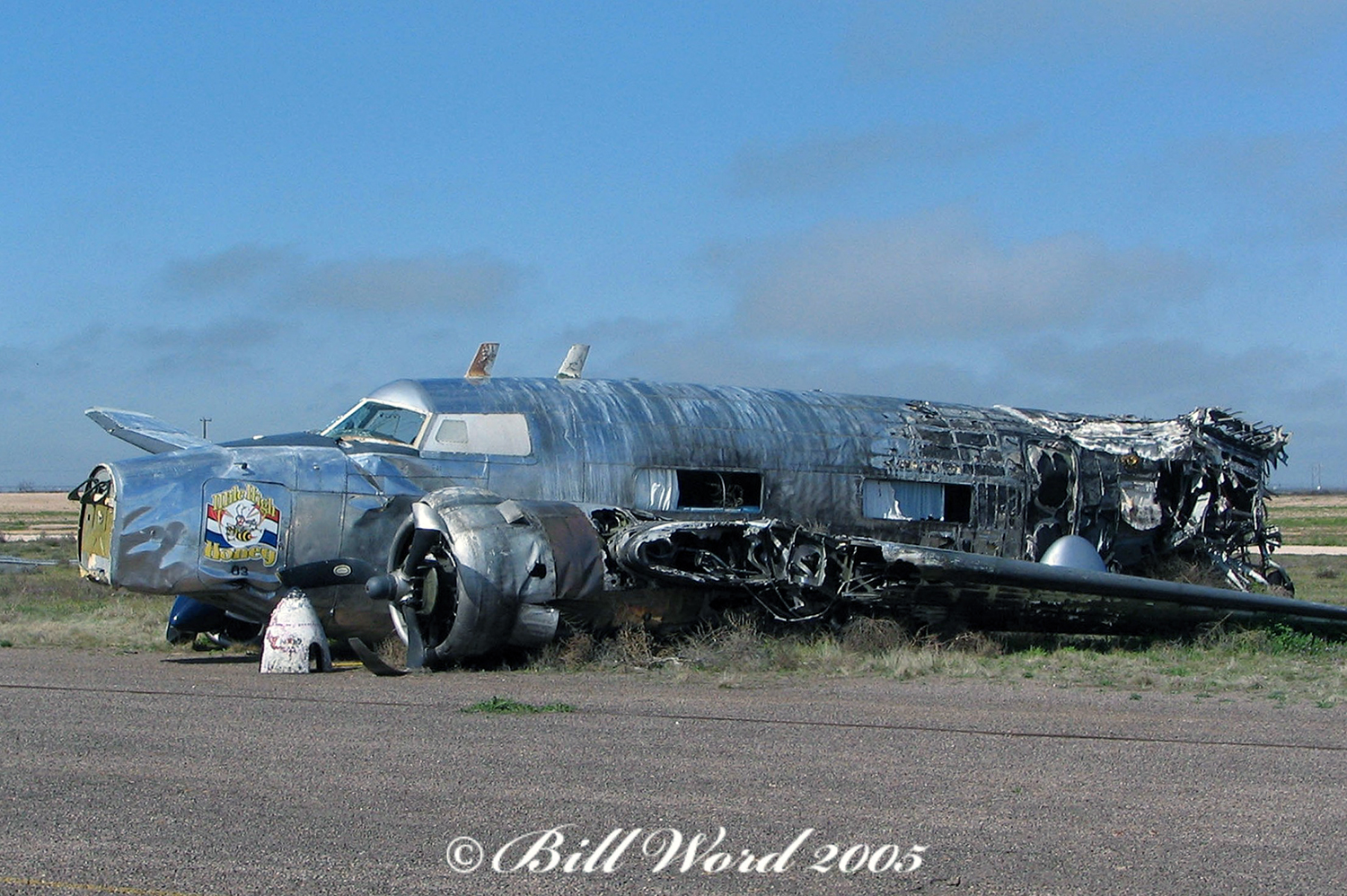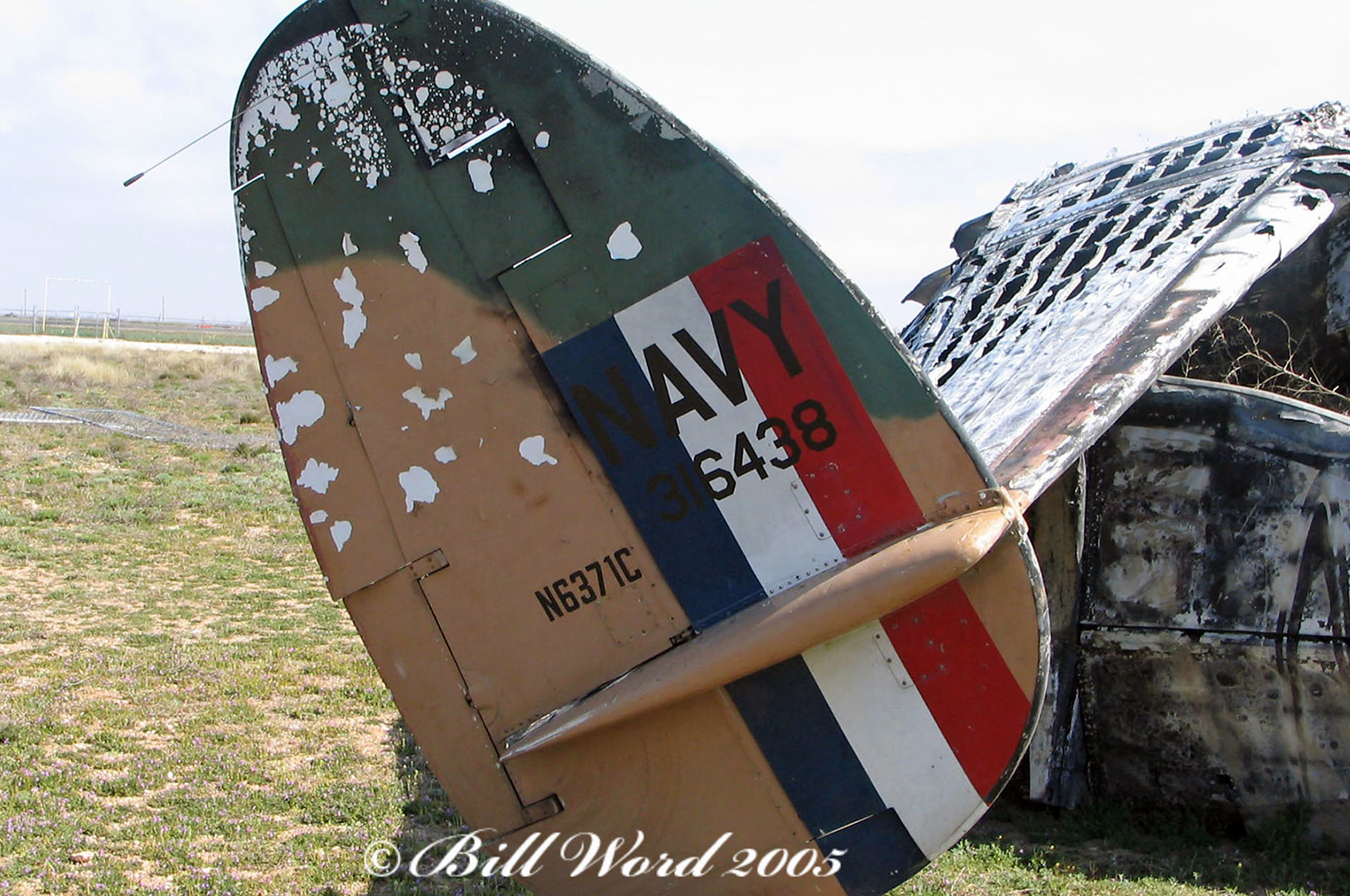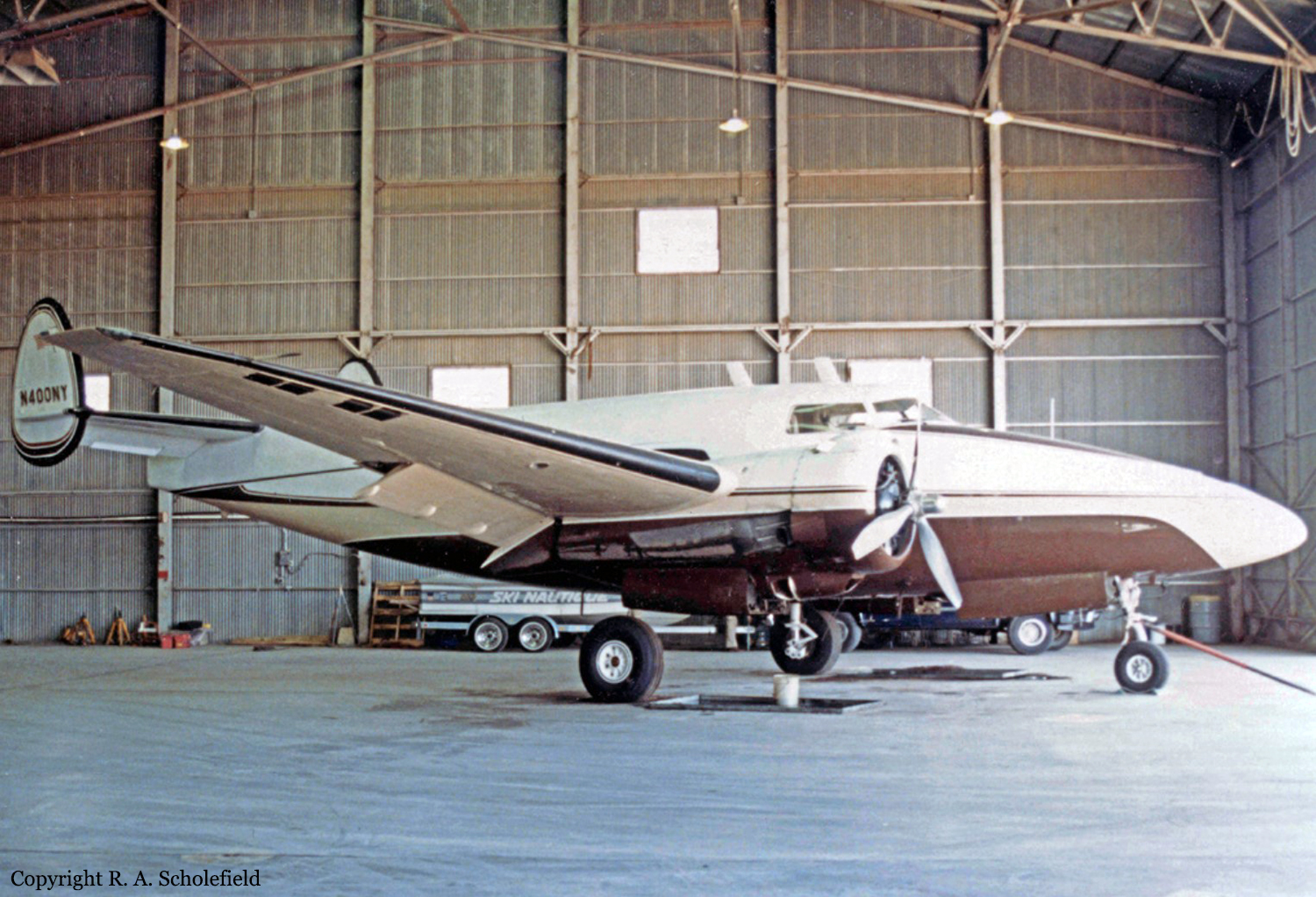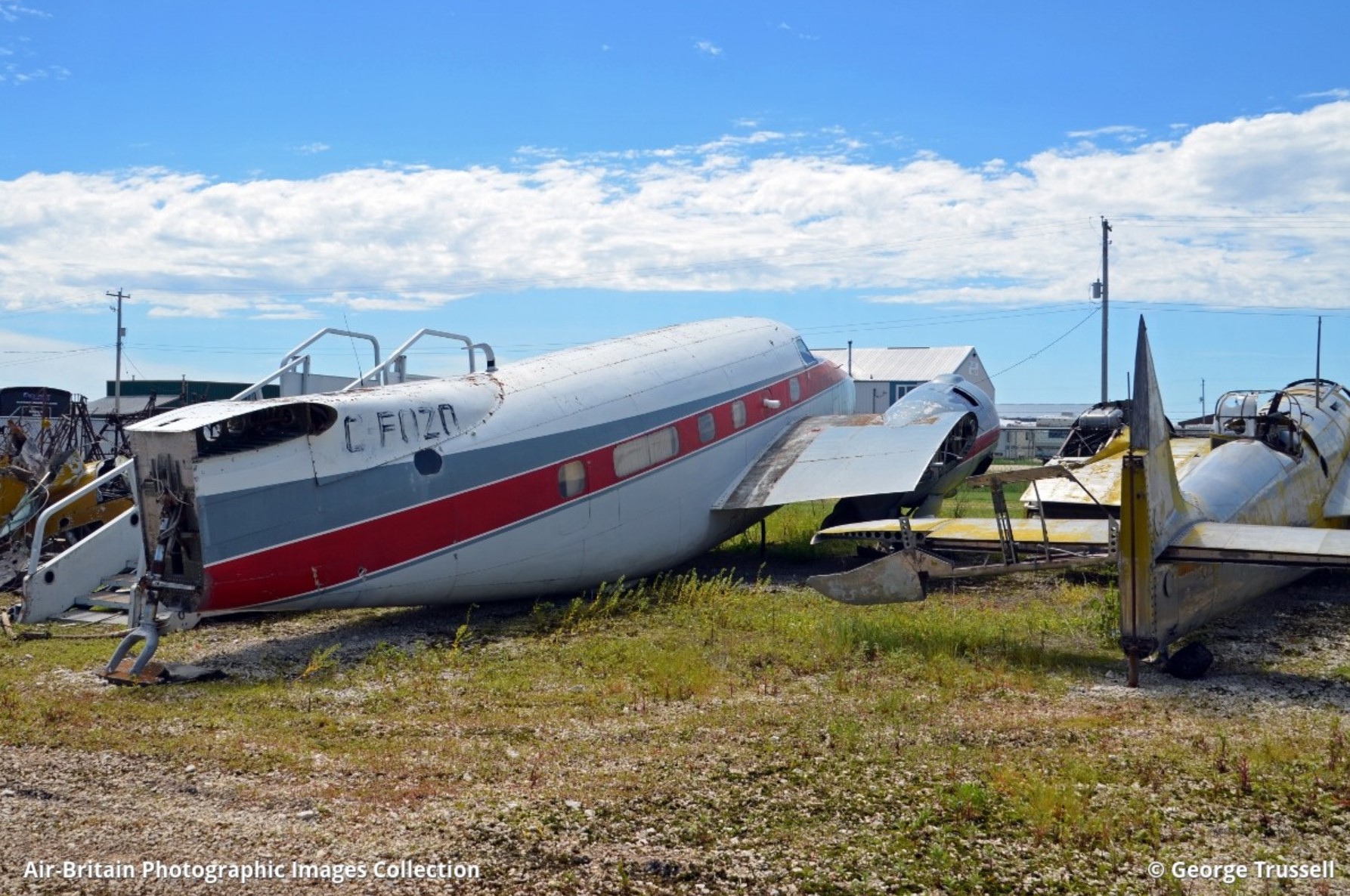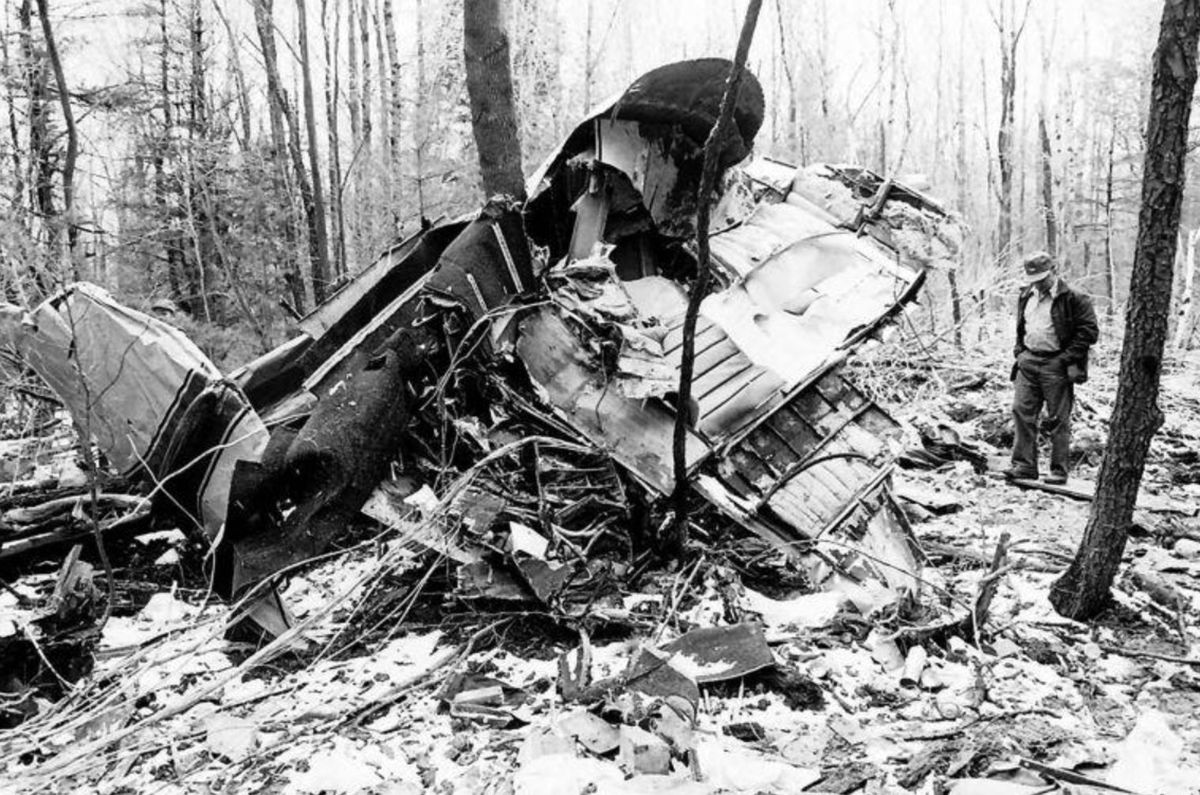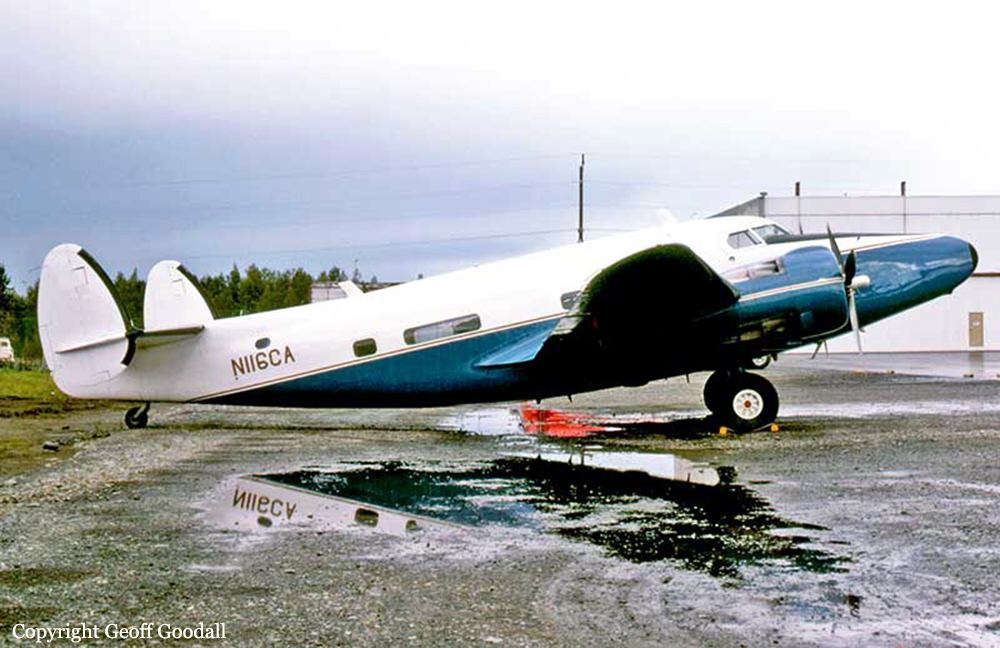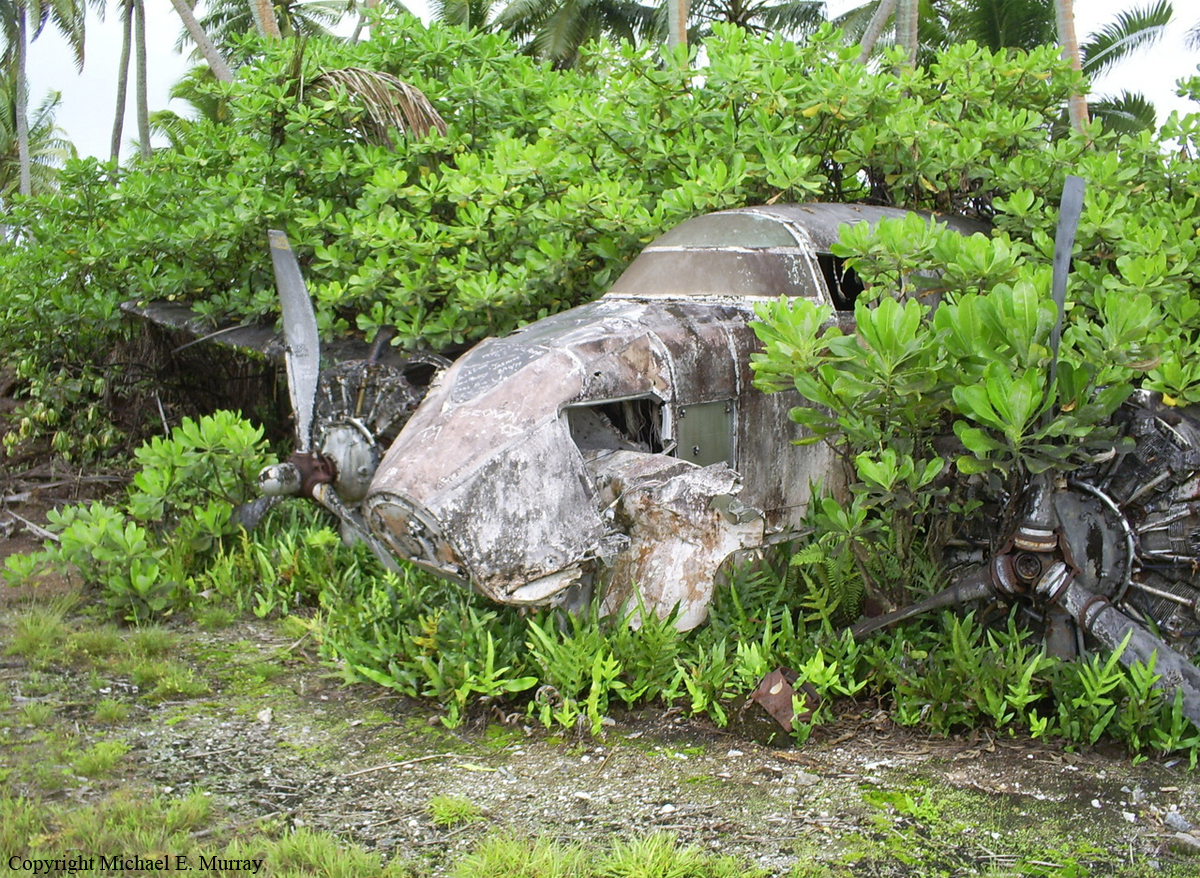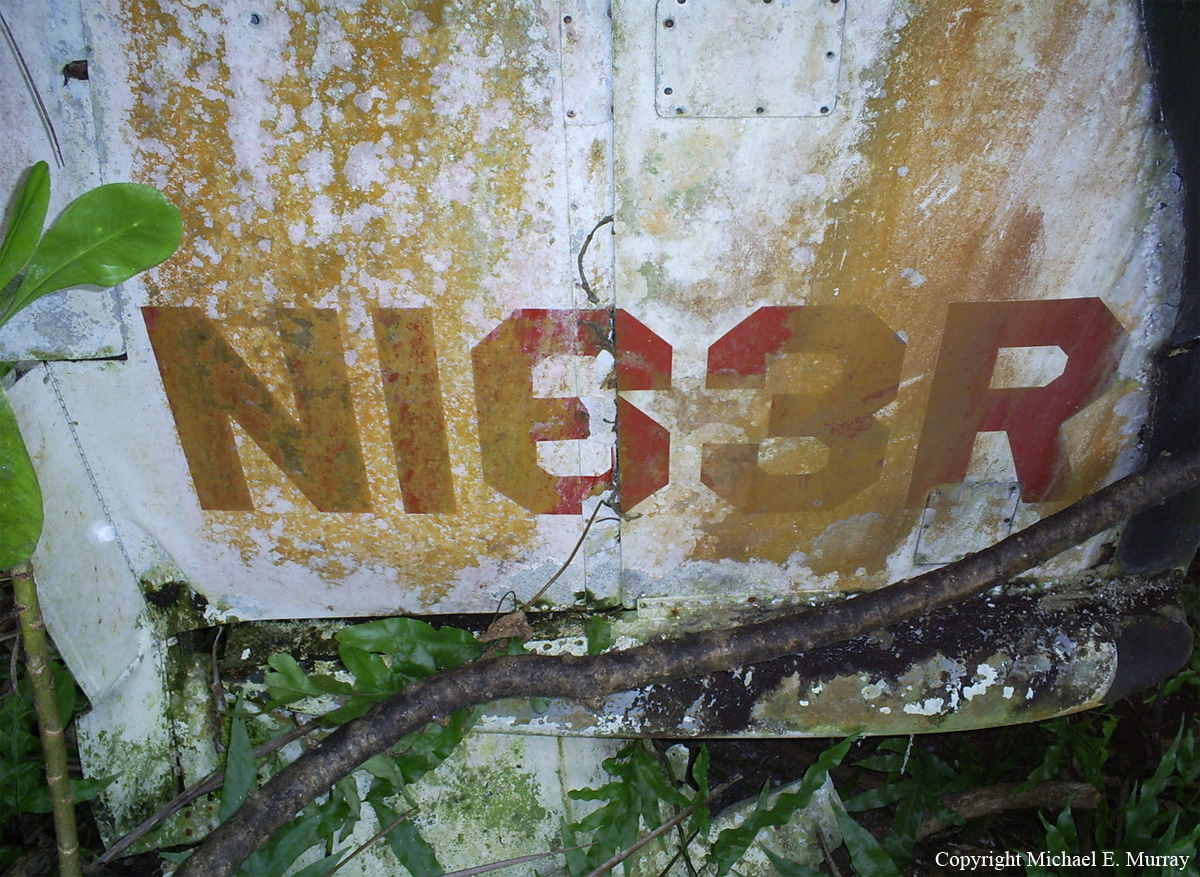Crash of a Howard 250 in Midland
Date & Time:
Oct 3, 2004 at 1620 LT
Registration:
N6371C
Survivors:
Yes
Schedule:
Midland – Boulder
MSN:
2598
YOM:
1943
Crew on board:
2
Crew fatalities:
Pax on board:
3
Pax fatalities:
Other fatalities:
Total fatalities:
0
Captain / Total hours on type:
50.00
Copilot / Total hours on type:
20
Aircraft flight hours:
8999
Circumstances:
The 18,000- hour pilot was cleared for takeoff in the vintage twin-engine tail wheel equipped airplane on a 9,501- foot by 50- foot runway. The pilot was aware that there was a tailwind from approximately 160 degrees at 10 knots. Shortly after starting the takeoff roll, the airplane swerved to the right. The pilot was able to correct back to the centerline utilizing rudder control. The airplane then swerved to the left, and full right rudder was applied but the swerve could not be corrected. By the time the airplane reached the left edge of the runway, the airplane had not reached its calculated V2 speed of 110 knots. The airplane departed the left side of the runway, went airborne and shortly thereafter, the right wing dropped and contacted the ground. The airplane then spun 180 degrees, impacted the ground, slid backward, and came to rest upright. A post-crash fire consumed the aft fuselage and left wing.
Probable cause:
The pilot's failure to maintain directional control during takeoff. Contributing factors were the choice of runway used and the prevailing tailwind.
Final Report:

